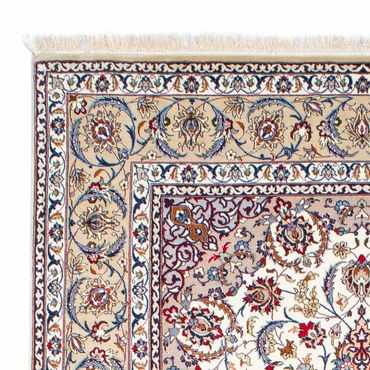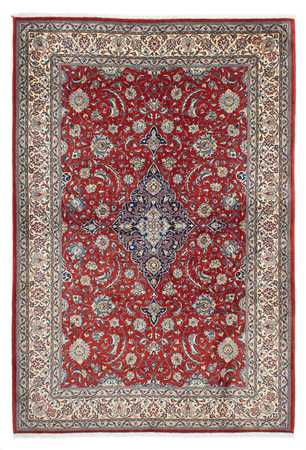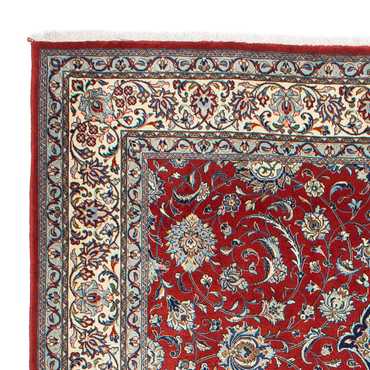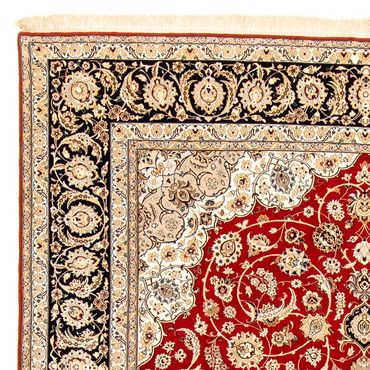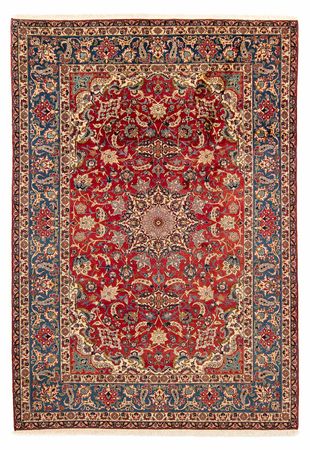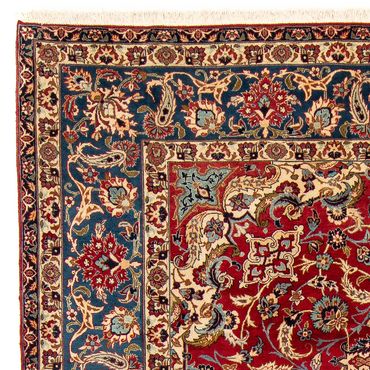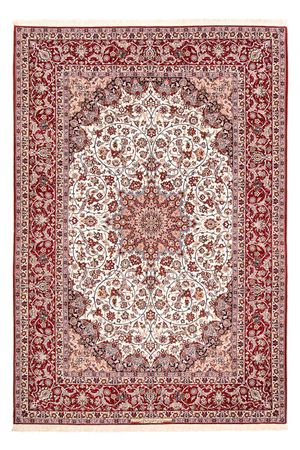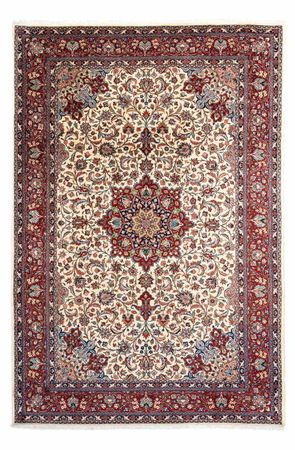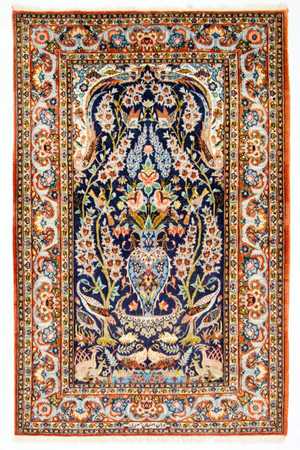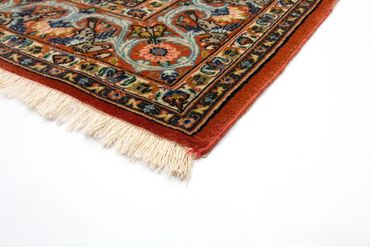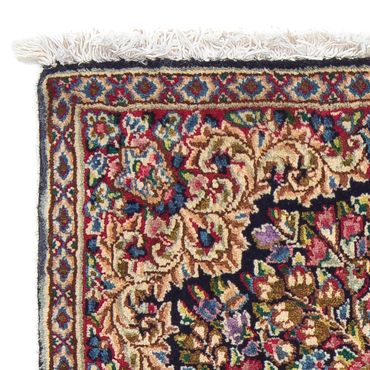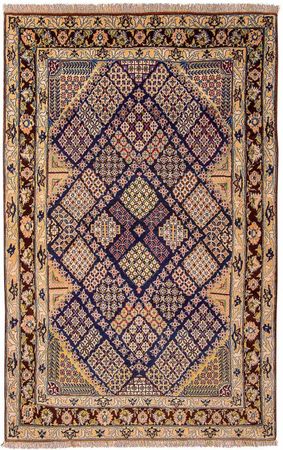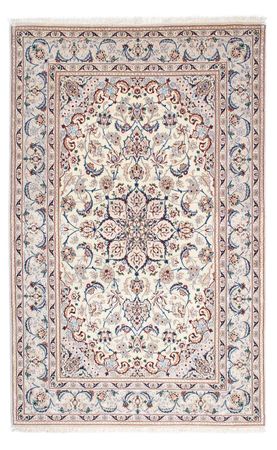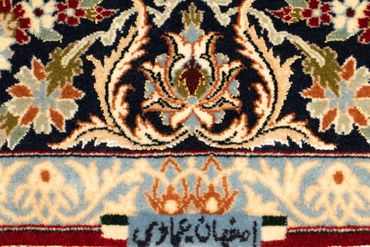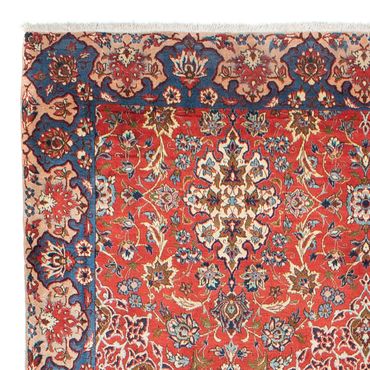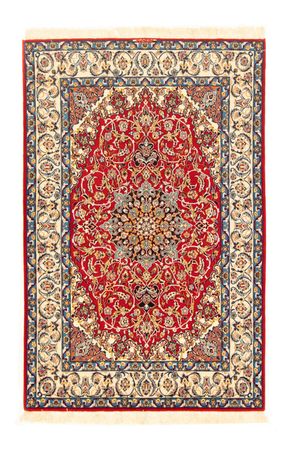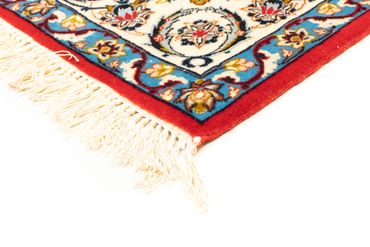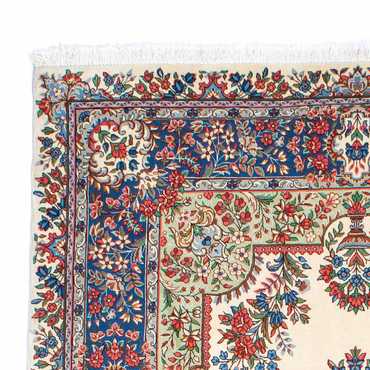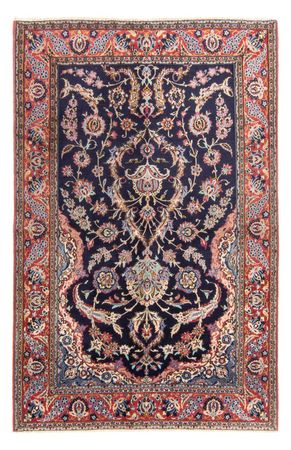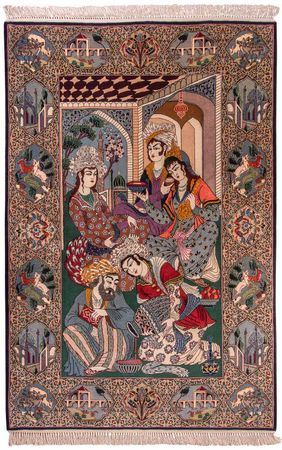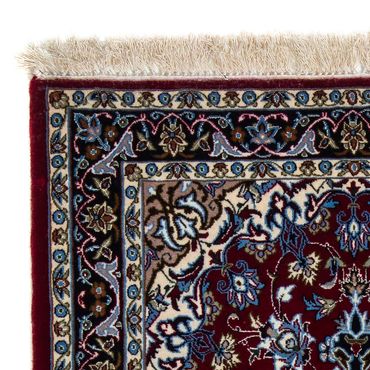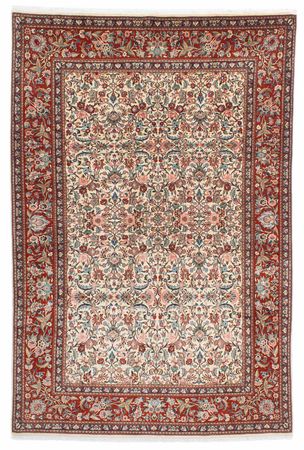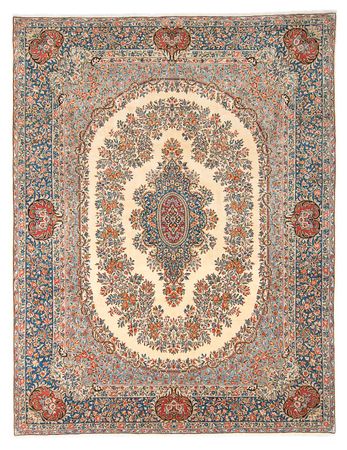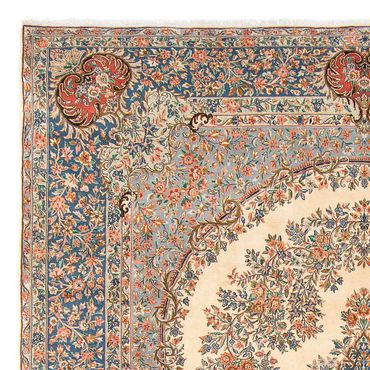- Perser Rug - Royal -
306 x 2144,187 £8,233 £
-
- Perser Rug - Isfahan - Premium -
168 x 1102,807 £5,380 £
-
- Perser Rug - Isfahan - Premium -
377 x 2713,873 £7,641 £
-
- Perser Rug - Royal -
317 x 2125,572 £
-
- Perser Rug - Isfahan - Premium -
308 x 20610,666 £20,435 £
-
- Perser Rug - Royal -
396 x 2918,984 £
-
- Perser Rug - Isfahan - Premium -
243 x 1565,401 £9,729 £
-
- Perser Rug - Royal -
310 x 2094,143 £
-
- Perser Rug - Isfahan - Premium -
300 x 2009,319 £17,779 £
-
- Perser Rug - Isfahan - Premium -
160 x 1063,539 £8,098 £
-
- Perser Rug - Royal -
302 x 2003,163 £
-
- Perser Rug - Isfahan - Premium -
205 x 1284,717 £8,634 £
-
- Perser Rug - Royal -
223 x 1562,714 £
-
- Perser Rug - Isfahan - Premium -
108 x 701,101 £2,106 £
-
- Perser Rug - Royal -
290 x 2003,373 £
-
- Perser Rug - Royal -
150 x 901,272 £2,489 £
-
- Perser Rug - Royal -
390 x 3026,750 £
-
Isfahan Rugs - A Fusion of Art and History
Isfahan, a city nestled in the heart of Iran, boasts a rich tapestry of history, stunning architecture, and an unrivaled artistic heritage. Among the city's most prized artistic expressions are the exquisite Isfahan rugs. These rugs are not mere floor coverings; they are masterpieces that encapsulate the skill, tradition, and cultural heritage of Iran. In this article, we will embark on a journey through the captivating world of Isfahan rugs, exploring their history, characteristics, craftsmanship, symbolism, and their significant role in Persian culture.
1. Introduction
Isfahan rugs are renowned as some of the most sought-after Persian rugs in the world. With their intricate designs, vibrant colors, and exceptional craftsmanship, these rugs possess an undeniable allure. Each Isfahan rug is painstakingly hand-woven by skilled artisans, making the creation process a labor of love that results in an awe-inspiring work of art.
2. History of Isfahan Rugs
The art of rug weaving in Isfahan can be traced back several centuries, with its pinnacle during the Safavid dynasty from 1501 to 1736 when Isfahan served as the capital of Persia. It was during this era that Isfahan rugs gained worldwide recognition for their extraordinary beauty and exquisite craftsmanship. Even in modern times, these rugs continue to be held in high regard, symbolizing luxury, elegance, and a profound connection to the past.
3. Characteristics of Isfahan Rugs
Materials Used
Traditional Isfahan rugs are crafted using a harmonious blend of high-quality materials, including silk, wool, and cotton. Silk is often employed for the intricate detailing, adding a lustrous sheen and enhancing the rug's visual appeal, while wool contributes to the rug's durability and softness. The skilled combination of these materials results in a rug that is not only visually stunning but also resilient and long-lasting.
Designs and Patterns
Isfahan rugs are renowned for their intricate designs and captivating patterns. The weavers draw inspiration from various sources, including the city's magnificent architecture and its enchanting gardens. Common motifs found in Isfahan rugs include floral designs, elegant medallions, mesmerizing arabesques, and even pictorial scenes that tell stories through thread and color.
Colors and Dyeing Techniques
One cannot help but be enchanted by the vibrant and harmonious color palettes that grace Isfahan rugs. Natural dyes derived from plants, roots, and insects are used to create these captivating colors. The dyeing process itself is an art form, with skilled dyers expertly blending and applying the dyes to achieve rich and varied shades that remain resistant to fading over time.
4. Craftsmanship and Weaving Techniques
The creation of an Isfahan rug requires an extraordinary level of skill, attention to detail, and patience. Each rug is hand-woven using a meticulous process that involves tying knots around vertical foundation threads, resulting in a strong and intricate design. The density of knots per square inch, commonly referred to as knot density, serves as a vital indicator of the rug's quality and value. The higher the knot density, the more intricate and time-consuming the weaving process, and thus, the higher the value of the rug.
5. The Symbolism in Isfahan Rugs
Isfahan rugs often incorporate symbolic elements that hold great cultural and spiritual significance. These symbols can represent a variety of themes, including fertility, protection, abundance, or blessings. Skilled weavers intricately infuse these symbols into the rug's design, imbuing each piece with depth, meaning, and a connection to the culture and beliefs of the region.
6. Factors Influencing Isfahan Rug Prices
Several factors influence the pricing of Isfahan rugs, and understanding these factors can help both collectors and enthusiasts make informed decisions when acquiring these exquisite pieces.
Knot Density
One of the primary factors influencing the price of an Isfahan rug is its knot density. The knot density refers to the number of knots per square inch, and rugs with higher knot densities are generally considered more valuable. Achieving a higher knot density requires greater skill, time, and effort from the weaver, resulting in a rug with finer details and a more intricate design.
Size and Dimensions
The size and dimensions of an Isfahan rug also play a significant role in determining its price. Larger rugs require more materials and labor, making them generally more expensive than their smaller counterparts. However, it's important to note that even smaller Isfahan rugs can hold immense artistic value and exquisite craftsmanship.
Age and Condition
Antique Isfahan rugs with historical significance and exceptional condition often command higher prices in the market. The rarity and preservation of older rugs contribute to their value, as they serve as tangible links to the past and exemplify the enduring quality of these remarkable creations.
7. Isfahan Rugs in Interior Design
Isfahan rugs have an undeniable ability to transform the ambiance of any space, adding a touch of elegance and sophistication. Whether incorporated into traditional or contemporary interiors, Isfahan rugs create a sense of harmony and refined beauty. Here are some ideas for integrating Isfahan rugs into different areas of your home or office:
Living Rooms
An Isfahan rug can serve as the centerpiece of a living room, tying together the furniture and creating a warm and inviting atmosphere. The intricate designs and vibrant colors will draw attention and spark conversations among guests.
Dining Rooms
Envision a large Isfahan rug adorning the floor beneath a dining table, elevating the entire dining experience. The rug's presence not only provides comfort underfoot but also introduces an element of artistry that enriches the space.
Bedrooms
In a bedroom, placing an Isfahan rug beside the bed adds a luxurious touch, creating a cozy and stylish ambiance. Stepping onto the softness of the rug in the morning is a delight for the senses, and it sets a serene tone for the day ahead.
8. The Significance of Isfahan Rugs in Persian Culture
Isfahan rugs hold immense cultural significance in Persian society. They are considered an integral part of Iranian heritage, embodying the artistic prowess and craftsmanship that has been passed down through generations. Isfahan rugs often find a place in traditional Persian ceremonies, weddings, and other cultural celebrations. They serve as treasured heirlooms, carrying stories of the past and connecting families to their roots.
10. Isfahan Rugs: A Timeless Investment
Investing in an Isfahan rug is not only a testament to your appreciation for art and culture but also a wise financial decision. Isfahan rugs are renowned for their timeless appeal and tend to appreciate in value over time. By acquiring an Isfahan rug, you are not only acquiring a stunning piece of art but also an investment that can be cherished and passed down through generations.
11. Conclusion
Isfahan rugs represent a fusion of art, history, and culture. With their exquisite designs, vibrant colors, and exceptional craftsmanship, these rugs are more than mere floor coverings—they are enduring masterpieces that evoke a sense of wonder and captivate the beholder. From their rich history and the symbolism woven into their intricate patterns to their significance in Persian culture, Isfahan rugs are a testament to the enduring beauty and craftsmanship of Iranian artistry.

